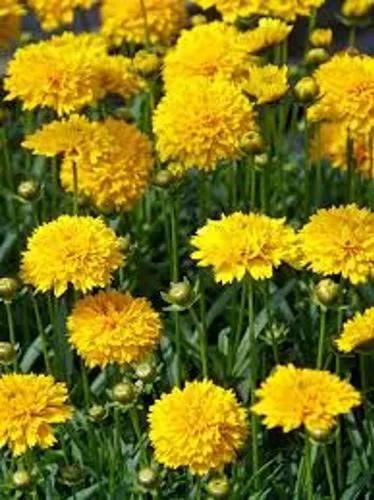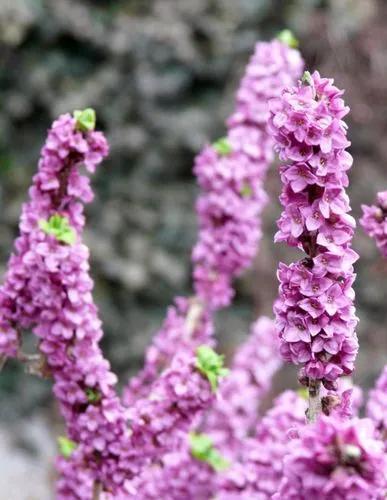Mexican Aster is an extremely popular ornamental plant. If you're looking for something to work well in your pastel palette, this is your go-to flower!
Cosmos bipinnatus Care
Cosmos bipinnatus



Cosmos bipinnatus is a herbaceous species native to Mexico and tropical America, which belongs to the daisy family Asteraceae. "Cosmos" is derived from a Greek word that means harmony.
This flower grows 2'4 feet (70 cm) tall on the erect stem and has green leaves that cut into deep threadlike segments and saucer-shaped flowers, its main identification feature. These plants are cultivated in wide varieties of pink, yellow as well as white, and the branched stem is often thick to sporadically covered in fine trichrome.
How to Care for the Plant

Water

The plant requires regular watering during the growing season. During spring, make sure to water the plant once a week. Do not overwater the Cosmos plant because over-watering leads to the plant with fewer flowers.

Pruning

The best thing that prolongs the growing season is deadheading. Shear the plant about one-third when the flower becomes faded, and it produces a flush of new flowers.

Fertilizer

Mexican Aster doesn't require fertilizer. However, if they grow in pots, they require a small amount of fertilizer once a month.

Sunlight

Mexican Aster grows well in full sun sites. They will grow in partially shady areas, but they will have fewer blooms there.

Soil

The best one is light or neutral soil which has low to average fertility, and they prefer arid and sandy soil, which does not retain water well. Sandy soil is the best because soil rich in organic matter will cause spotty germination.

Propagation

These flowers are self-seed plants, but they can either propagate by sowing seeds or another way through stem cutting.

Temperature

The ideal range for Cosmos bipinnatus is around 59-77°F (15-25°C).

Container

These flowers are best suited for growing in containers. The only condition for growing plants in a pot is that the pot should be 12.5 inches (30 cm) and have many drainage holes at the bottom. Heavy pots are highly preferred because they prevent the plant from toppling.

Fun fact

The plant can sometimes be referred to as Garden Cosmos and Cut-Leaf Cosmos.

Additional

Choose a wind-protected site for tall, golden Cosmos plants varieties. Their mature, hollow stems are susceptible to breakage in heavy winds.

Popularity

7,776 people already have this plant 1,375 people have added this plant to their wishlists
Discover more plants with the list below
Popular articles






